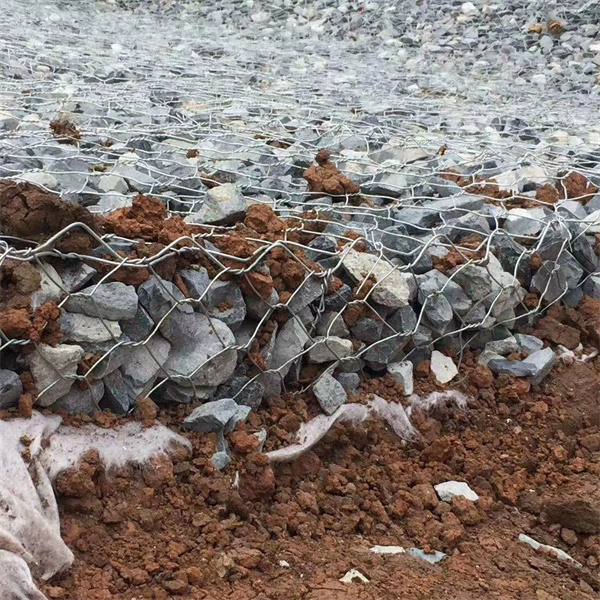дец . 03, 2024 14:40 Back to list
Innovative Designs for Sustainable Gabion Check Dams in Erosion Control Solutions
Gabion Check Dams An Effective Solution for Erosion Control and Water Management
In recent years, the impact of climate change and urbanization on our ecosystem has become increasingly evident. Among the many challenges faced in managing water resources, soil erosion and sedimentation remain significant concerns. One innovative and effective solution that has gained popularity in various regions is the use of gabion check dams.
Gabion check dams consist of wire mesh cages filled with stones or other materials. They are designed to be placed across small streams or gullies to slow down water flow, reduce soil erosion, and facilitate sediment deposition. These structures not only serve a critical engineering purpose but also promote sustainable land management practices and enhance the ecological health of the area.
One of the primary benefits of implementing gabion check dams is their ability to control erosion. In areas prone to heavy rainfall and runoff, soil can quickly wash away, leading to significant land degradation. The mesh cages of gabions create a barrier, allowing water to slow down and spread out. As the velocity of the water decreases, it encourages the deposition of sediments behind the dam, which can help restore the natural topography and promote vegetation growth.
In addition to erosion control, gabion check dams play a vital role in water management
. By retaining water, these structures can help recharge groundwater tables and maintain stream flow during dry periods. This is particularly important in regions that experience seasonal fluctuations in precipitation. The stored water can also benefit local communities and agriculture by providing a stable water source for irrigation and consumption.gabion check dam

Moreover, gabion check dams are environmentally friendly and cost-effective. Unlike traditional concrete dams, gabions utilize natural materials that blend well into the landscape, minimizing their visual impact and preserving the aesthetic value of the surroundings. The construction of gabion check dams requires less energy and resources, making them a sustainable choice for engineers and environmentalists alike.
Setting up a gabion check dam is a relatively straightforward process. First, the site is assessed to identify ideal locations for the dams. Following this, wire mesh cages are constructed and filled with locally sourced stones or gravel. The structure is then securely placed in the selected area. Maintenance is minimal as these structures typically stabilize over time, although periodic inspections may be required to ensure their integrity, especially after heavy rainfall.
Several successful case studies highlight the effectiveness of gabion check dams in different contexts. For example, farmers in the Indian state of Rajasthan have adopted gabion dams to combat soil erosion and enhance agricultural productivity. Similarly, communities in parts of Africa have utilized these structures for sustainable water management, significantly improving their resilience to climate-induced challenges.
In conclusion, gabion check dams are not merely engineering structures but integral components of sustainable watershed management. As erosion and water scarcity become increasingly pressing issues worldwide, the adoption of gabion check dams offers a promising solution that harmonizes human needs with ecological preservation. By utilizing natural materials and fostering local ecosystems, these structures stand as a testament to innovative and responsible environmental stewardship. Investing in such green technologies will not only safeguard our landscapes but also ensure a sustainable future for generations to come.
-
HESCO Gabion Baskets for Coastal Erosion Prevention
NewsAug.22,2025
-
Longevity and Durability of River Rock Gabion Walls
NewsAug.22,2025
-
How to Integrate Gabion 3D Walls in Urban Planning
NewsAug.22,2025
-
Reno Mattress Gabion Applications in Civil Engineering
NewsAug.22,2025
-
How to Install Wire Mesh for Gabion Baskets Properly
NewsAug.22,2025
-
Best Materials for Filling a Chain Link Gabion
NewsAug.22,2025
-
Wire Mesh Thickness Impact on Gabion Wall Load Bearing
NewsAug.12,2025






